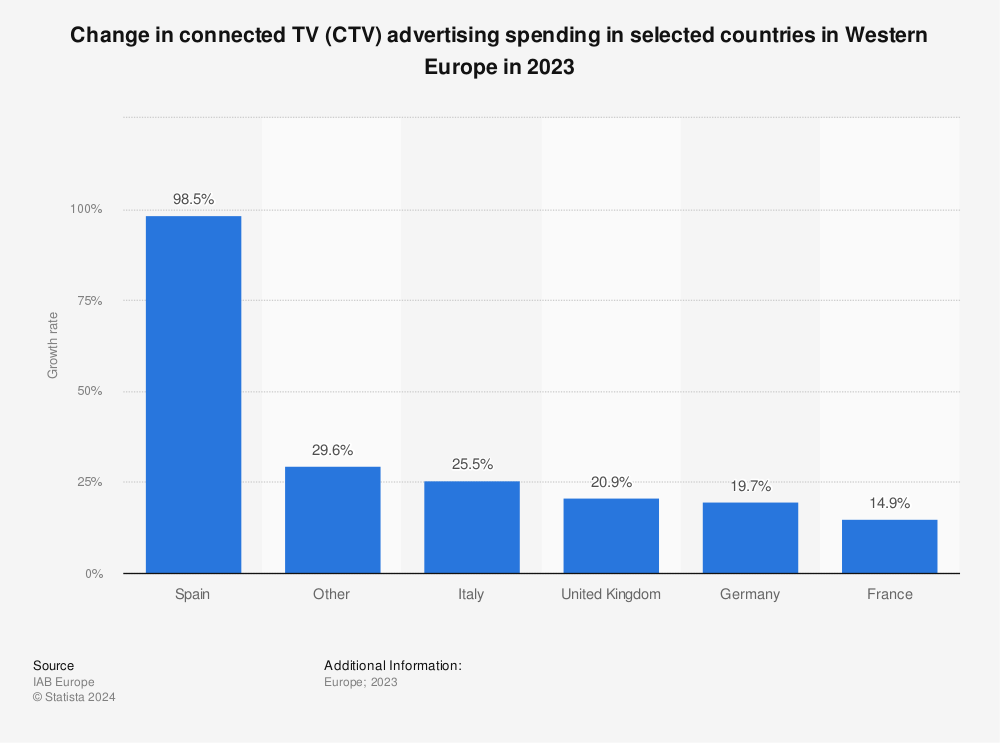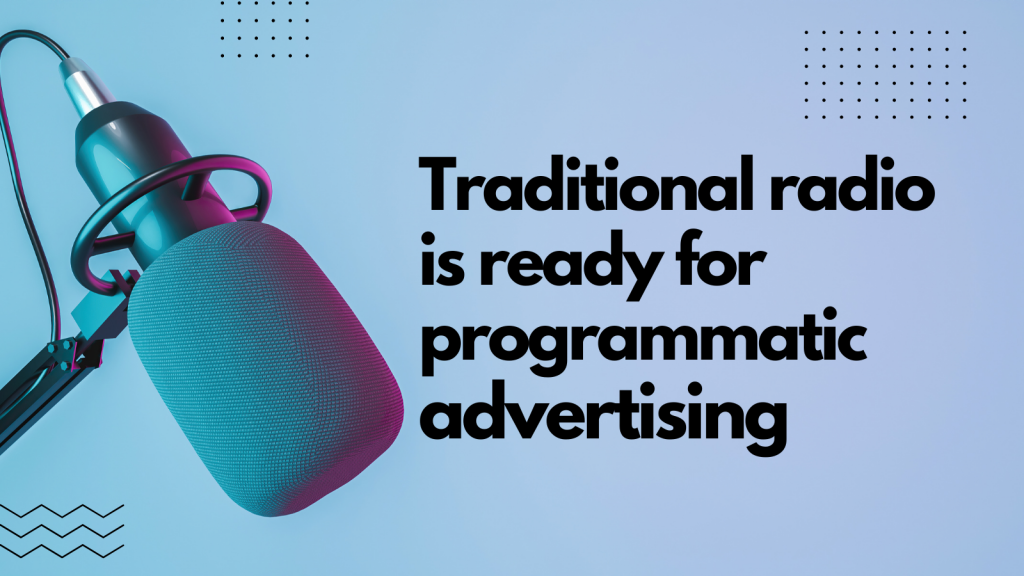A life without television? Hard to imagine, as TV still plays a central role in most people’s everyday lives. In 2023, the average daily TV viewing time in Germany was 182 minutes, as reported by Statista. And although the average viewing time has fallen slightly in recent years, the TV industry has succeeded in changing not only the way content is used and consumed, but also in making conditions more attractive for viewers and the advertising industry, thanks to constant innovation.
While linear television has long been the dominant form of TV entertainment, new technological developments and the spread of smart TVs have ushered in a new era of television, including in particular Connected TV (CTV). This development has led to numerous innovations in advertising delivery, as television advertising was once limited to one-to-many broadcasts alone. Similar to Addressable TV (ATV), CTV makes it possible to no longer place TV advertising solely on the basis of broadcast times and programme content, but to ensure a targeted approach based on the individual interests and demographic characteristics of viewers.
CTV in the spotlight
But what exactly makes Connected TV so interesting for advertisers and why is a steadily growing share of advertising budgets flowing into this channel?
Evelyn Götz, Senior Technical Solutions Consultant at d-force, the joint venture between ProSiebenSat.1 and RTL Deutschland, answers this question: ‘The strengths of CTV as an advertising channel include the opportunity to reach target groups that cannot be addressed via linear TV and to make advertising more addressable.’

According to a recent Statista study in collaboration with IAB Europe, Europe’s digital advertising market grew by 11.1% in 2023, achieving a total market value of EUR 96.9 billion. CTV also impressed with an increase in advertising expenditure of 23.5% compared to the previous year.
In Germany, the CTV market grew by 19.7% in 2023.
Cross-device marketing expands the targeted audience approach in the context of CTV, as modern consumers no longer limit their media consumption to the TV set, but often also use different end devices such as smartphones, tablets or desktops. In order to address the target group across all devices, advertisers can use various cross-device functionalities such as the household graph via the Active Agent DSP, which summarises all relevant devices in a household and thus enables cross-frequency capping across all devices.
In addition to the possibility of precisely addressing the desired target groups, CTV is also increasingly paving the way for brand safety. While the IAB Europe report emphasises that brand safety in CTV is still a difficult technical challenge due to the large amount of data that needs to be verified in real time, it also highlights solutions that focus on channel and content level verification to help advertisers better understand and determine what content their ads should appear alongside. Successful verification is possible when publishers work closely with providers and provide detailed content-level information. This allows advertisers to review the selected premium inventory and target or exclude specific programmes and placements for their CTV ads.
CTV can therefore provide a consistent brand experience as part of a balanced advertising mix, as it integrates seamlessly into omnichannel strategies and creates a compelling brand journey for consumers through appropriate data utilisation.
‘In addition to further growth, we expect the market to consolidate in the future and AI to be increasingly integrated in order to deepen data analyses and optimise user experiences. Despite these positive developments, CTV will not completely replace linear television, but rather serve as a scalable supplement. The main challenge that needs to be addressed is the standardisation of measurement methods,’ concludes Marlene Beck, Teamlead Technical Solutions at d-force.







